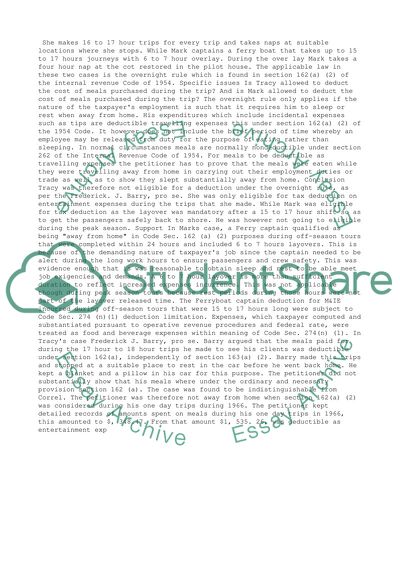Cite this document
(“Tax memorandum and dividend Essay Example | Topics and Well Written Essays - 1250 words”, n.d.)
Tax memorandum and dividend Essay Example | Topics and Well Written Essays - 1250 words. Retrieved from https://studentshare.org/business/1497851-tax-memo-and-essay
Tax memorandum and dividend Essay Example | Topics and Well Written Essays - 1250 words. Retrieved from https://studentshare.org/business/1497851-tax-memo-and-essay
(Tax Memorandum and Dividend Essay Example | Topics and Well Written Essays - 1250 Words)
Tax Memorandum and Dividend Essay Example | Topics and Well Written Essays - 1250 Words. https://studentshare.org/business/1497851-tax-memo-and-essay.
Tax Memorandum and Dividend Essay Example | Topics and Well Written Essays - 1250 Words. https://studentshare.org/business/1497851-tax-memo-and-essay.
“Tax Memorandum and Dividend Essay Example | Topics and Well Written Essays - 1250 Words”, n.d. https://studentshare.org/business/1497851-tax-memo-and-essay.


